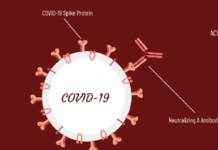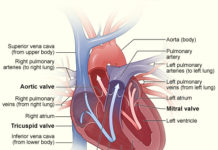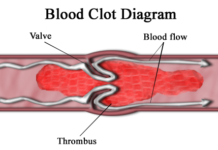“Fibromyalgia sometimes feels like my muscles are burning and my bones are breaking,” says Gavan’s mother, who was diagnosed with fibromyalgia when she was 17. “I have to take two or three medicines everyday and take things slow just to keep things under control.” This means she can’t do or enjoy a lot of the everyday activities that Gavan and his brothers can. She can’t even walk around outside without having to take medicine for all of her symptoms. . According to Gavin his mother has never been able to do much with them because of her symptoms`. If she ever did she would stop immediately because the pain would flare up and she would feel like her muscles were burning.

Gavin states,”I would like it if she could do more, but I’ve grown up with this so it doesn’t affect me that much anymore. She goes to six different doctors and is slowly getting better overtime as her symptoms don’t flare up as often.”
Many people are affected by Fibromyalgia Syndrome (FMS). Over 6 million people are affected in the U.S. alone according to WebMD, a medical information website. This means over 6 million people can’t enjoy everyday activities such as walking. Most people are diagnosed when they are between ages 14 and 30, and they have to live with this for the rest of their lives. Also, more than 90% of the 6 million people diagnosed with FMS are women. WebMD also stated Fibromyalgia can cause tender points in the back of your head, front side of the neck, between shoulders, upper chest, outer elbows, upper hips, side hips, inner knees, and upper shoulders.
FMS is a very puzzling disease because there are no known causes and cures. This has led to a wide variety of suggestions. According to WebMD, suggested causes are emotional/physical trauma, abnormal pain response, sleep disturbance, and infections. None of these suggestions have been proven, but they are our best estimates. We have inferred this from symptoms such as: fatigue, sleep disturbance, anxiety, depressions, endometriosis, headaches, and irritable bowel syndrome
According to the Centers for Disease Control (CDC), between 1979 and 1998, 23 people died per year because of Fibromyalgia. The CDC also stated that there is an average 5.5 million hospital visits a year.
Unfortunately, there are few suggested cures. According to Mayo Clinic, analgesics (ease pain), anti-depressants (provides sleep and stops pain and fatigue), anti-seizure drugs (reduce certain types of pain), and therapy help. For those who believe it’s a psychological problem, therapy helps strengthen the belief in you and your abilities.
According to the National Fibromyalgia Research Association (NFRA), sufferers will most likely need more than one treatment to get results. Some of the suggested treatments from the NFRA are exercise, vitamins, sleep, and learning what you can do to help yourself and be more aware of your symptoms. Also when a woman is pregnant, Fibromyalgia has stopped for a long period of time or stopped forever. According to The Center for Advancing Health, a medical news site, drugs like Cymbalta and Savella can make Fibromyalgia worse with side effects.
Gavan VanOver and Austin Weller

This work is licensed under a Creative Commons Attribution-NonCommercial-NoDerivs 3.0 Unported License














Why is most of the percentage of people affected by Fibromyalgia women? Why do you have to take so much medication if you do have Fibromyalgia?
My 17 year old friend was also diagnosed with fibromyalgia, some think that she fakes the majority of it. Is this a common?